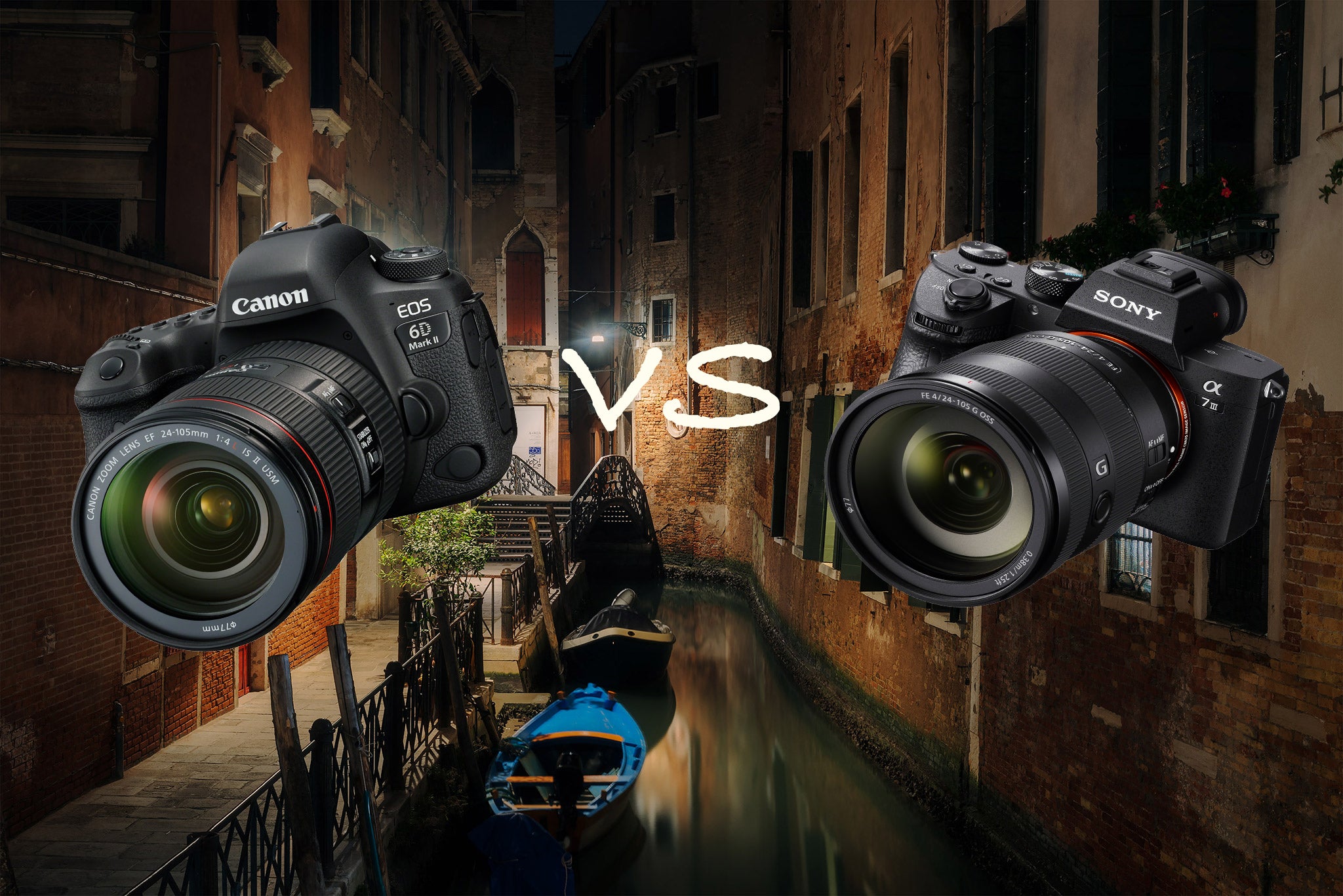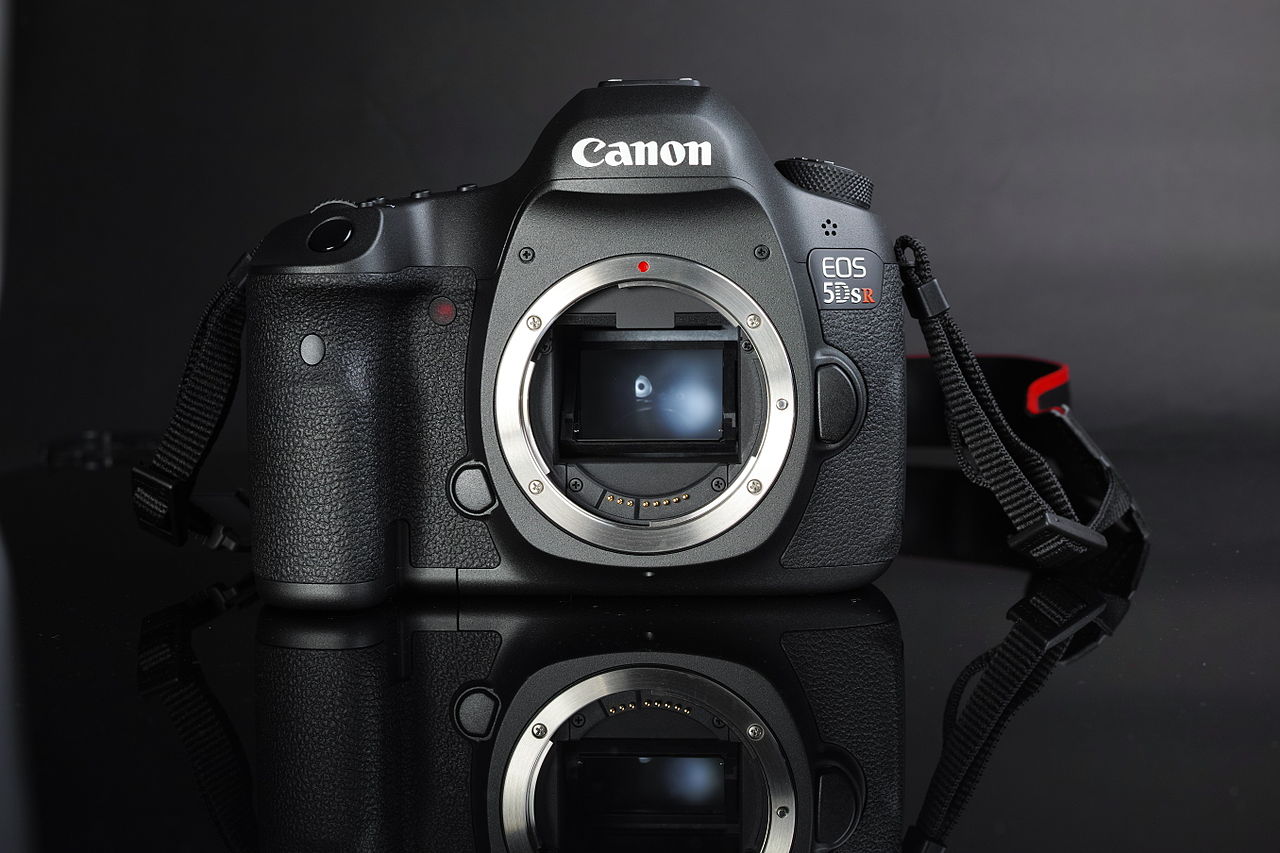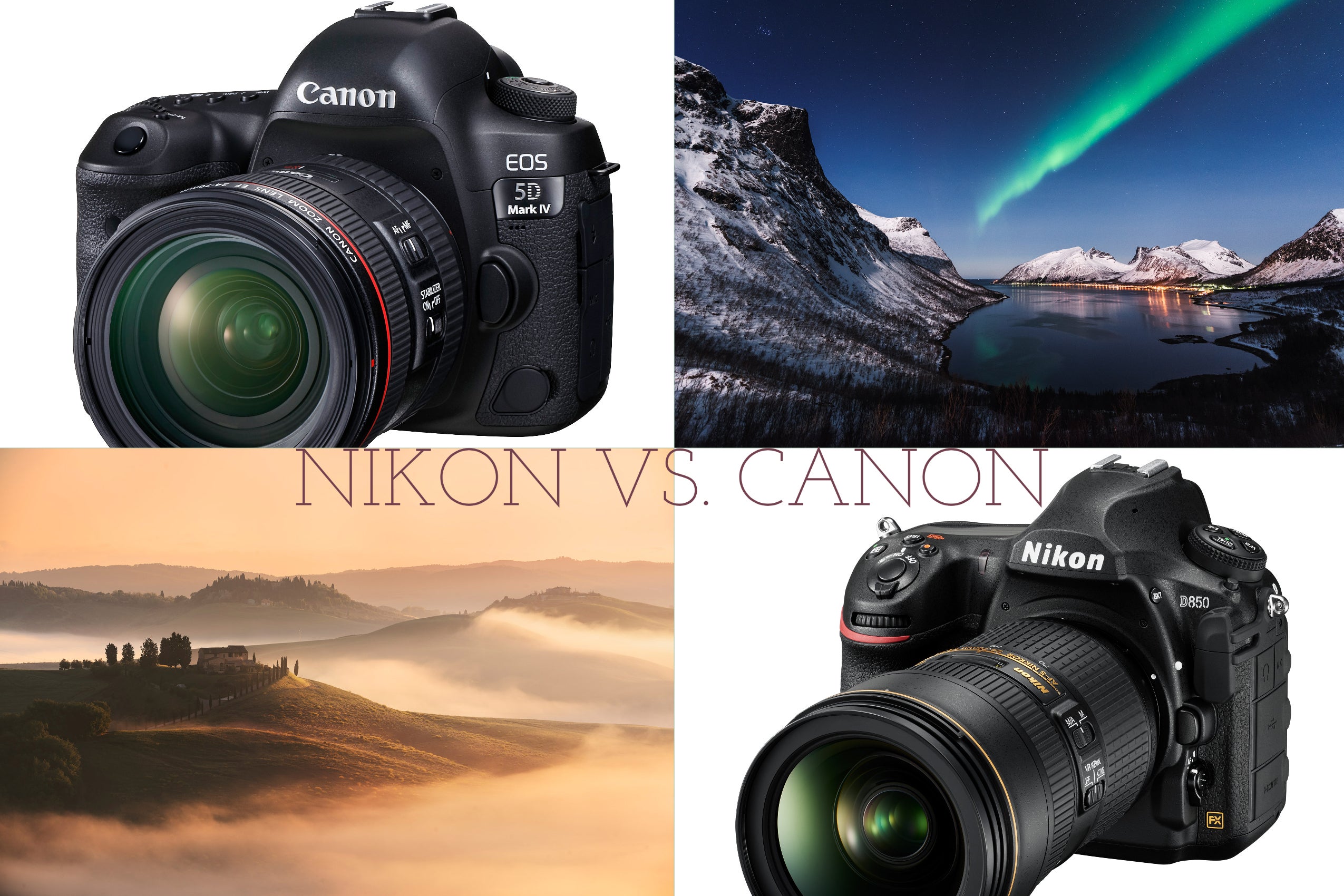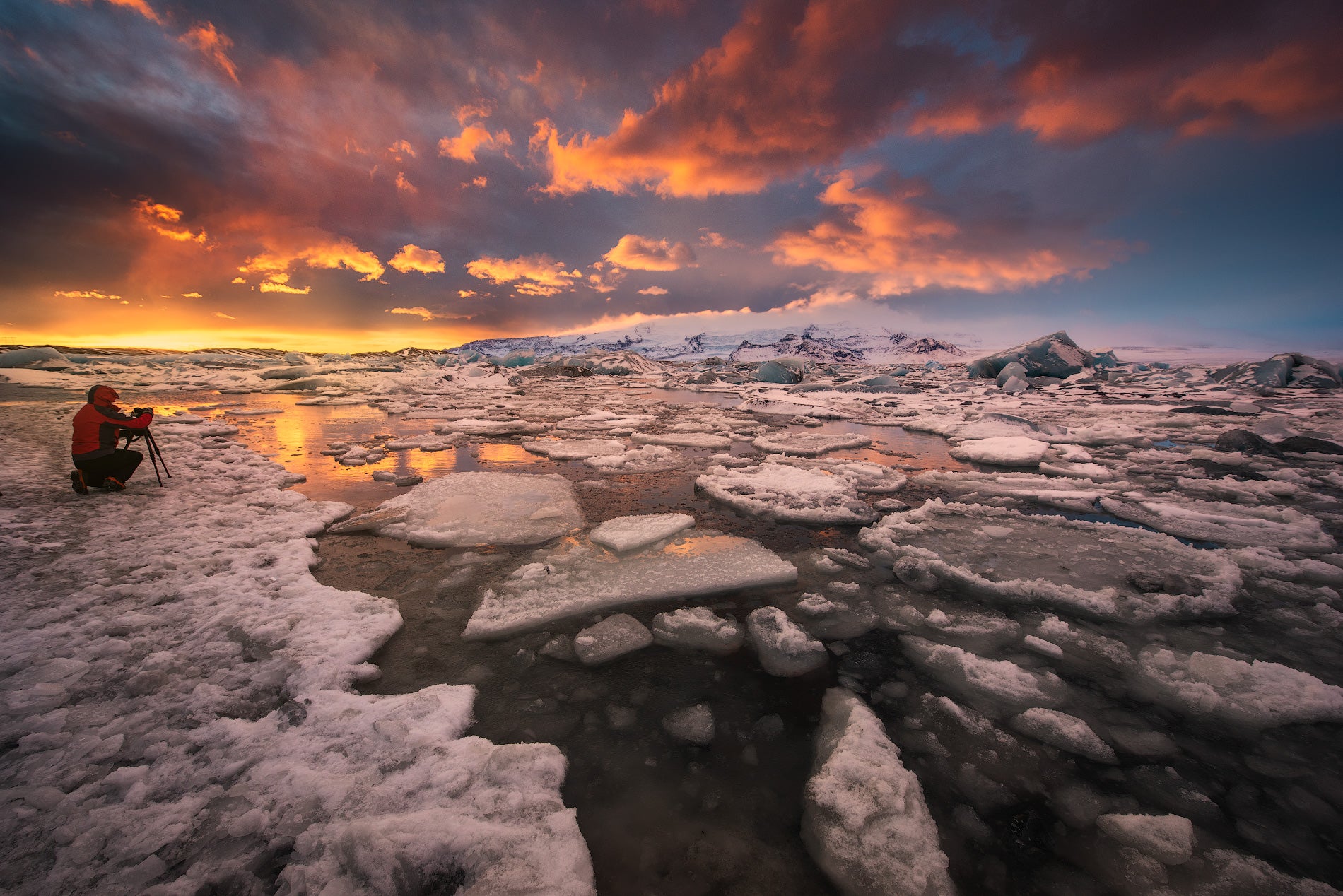
We’ve all had the importance of backing up our photos drummed into our heads. Perhaps that’s why taking an extended trip such as a landscape photography tour to Iceland can make us feel not just excited, but actually a little bit nervous. As photographers, we all know how it feels to lose important data and if there is one place that we can imagine losing it, it’s while we’re actively out and about travelling, far away from our usual back-up routine at home.
- Check out these Camera and Gear Reviews
- See The Best Camera Gear Recommendations for Photography in Iceland
While you’re travelling in Iceland, particularly on a landscape photography tour, you’ll probably want to pack light. This might mean leaving some of your camera equipment and even your backup options behind. However, not backing up your photos while you’re in Iceland is an extremely huge risk to take. The last thing that you’ll want is for a memory card to corrupt while you’re out in the middle of nowhere, without any possibility of restoring your data or recovering it for use later on.
No matter what field of photography you may be interested in, losing photos can be a complete nightmare. It may even spell disaster for those who do photography in a professional capacity, leading to loss of income on top of having a very bad time.
As landscape photographers, it is important to remember that we are not immune to the possibility of losing all of our hard work. In fact, one might even say that we place ourselves at higher risk, particularly as we spend a lot of our time outside and in-field surrounded by harsh elements. With that in mind, we’ll be sharing with you some easy solutions for backing up photos whilst travelling in Iceland that will help you to protect your images and to set your mind at ease.
Back Up Strategy & Best Practices
 Backing up your photos is important when travelling! Photo by: 'Iurie Belegurschi'.
Backing up your photos is important when travelling! Photo by: 'Iurie Belegurschi'.
No matter how you choose to backup your photos, there are some basic strategies and best practice principles that you can follow which will help to ensure that your photos remain safe during your travels.
Strategy #1: Backup at the End of Every Day
It is recommended that you backup your work at the end of every day during your trip. Make it a habit as soon as you return to your accommodation from being out shooting all day. While you’re at it, plug your batteries in at the same time to recharge. That way, you’ll never be caught out without a fully charged battery when you need one!
Strategy #2: Verify that the Backup has Worked
Whenever you copy files from one medium to the next, always check to make sure that the backup has worked. This is particularly important if you step away from the backup while it is in process. If the backup looks to be finished, then open up a few files within the archive to make sure that they are all working and that none have corrupted during the transfer. You’d be surprised at how often photographers disconnect their backup devices before backing up has completed, resulting in an incomplete transfer of files.
Strategy #3: Don’t Keep Just One Copy!
It is best to store your data in a few different places, so that you have multiple sources to retrieve it from should a particular medium fail. This includes backing up in different ways as well as storing the copies in different physical locations. If you keep all of your backup devices in the same spot, then you might also lose them all at the same time should a disaster occur.
Options to Keep Your Photos Safe While Travelling
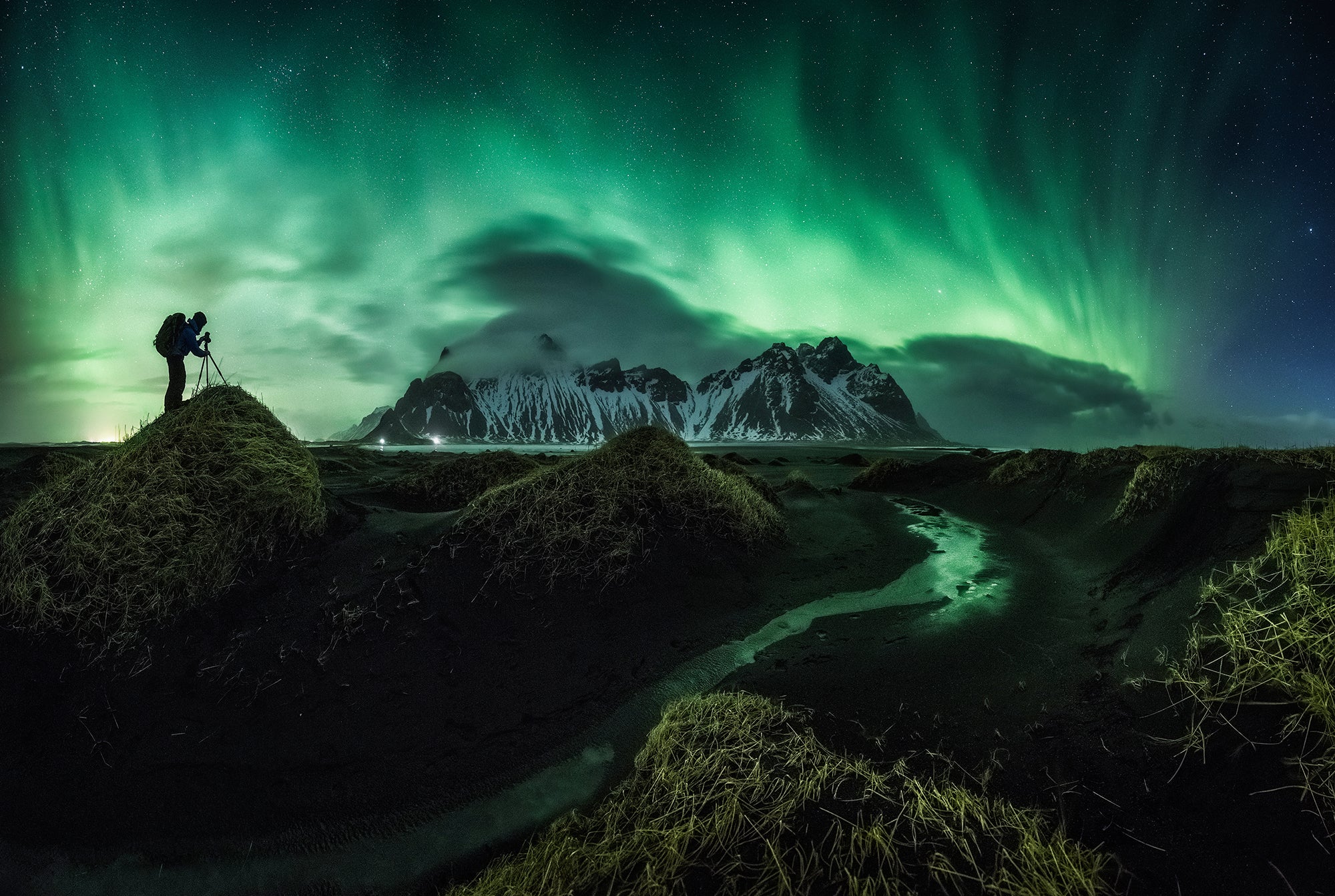 It can be easy to lose your photos if you don't back-up your work. Photo by: 'Albert Dros'.
It can be easy to lose your photos if you don't back-up your work. Photo by: 'Albert Dros'.
Keeping the above principles in mind, there are a few easy solutions for backing up which you’ll be able to use during your photography trip to Iceland to help keep your images safe.
SD Memory Cards
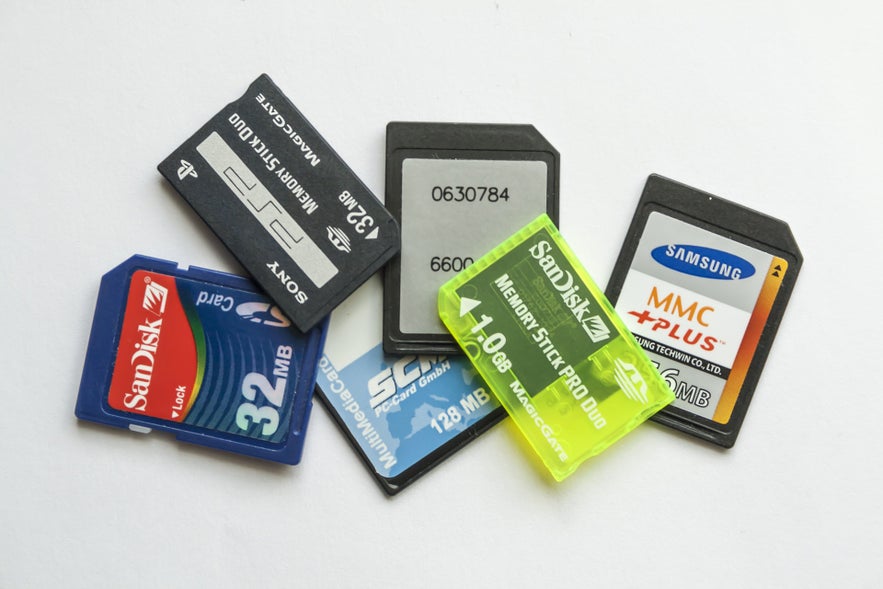 SD memory cards. Photo by: 'Esa Riutta on Pixabay'.
SD memory cards. Photo by: 'Esa Riutta on Pixabay'.
Some cameras, such as the Nikon D810 and Canon 5DsR, have dual memory card slots which allow for images to be written to multiple cards simultaneously. This is a built-in backup solution which can be utilised with minimal fuss. The only thing you’ll need to be wary of is that both of your cards will be in your camera at the same time, meaning that you’ll have already broken one of the principles of backing up, which is to keep your backup in a separate location. If you happen to have an accident with the waves at the Diamond Ice Beach, then you’ll be at risk of losing both cards together and ultimately, all of your data. So if you choose to use this technique as your only form of backup, then you’ll need to remain very cautious whilst travelling for photography in Iceland.
Another way to use memory cards for backing up is to treat them like portable storage drives. For this, you’ll need more memory cards than are normally required for you camera, so that you can copy the files across to the other memory cards at the end of every day. This can get expensive, though it’s a light and space-saving solution that works.
Transferring Images to a Laptop, Tablet or Phone
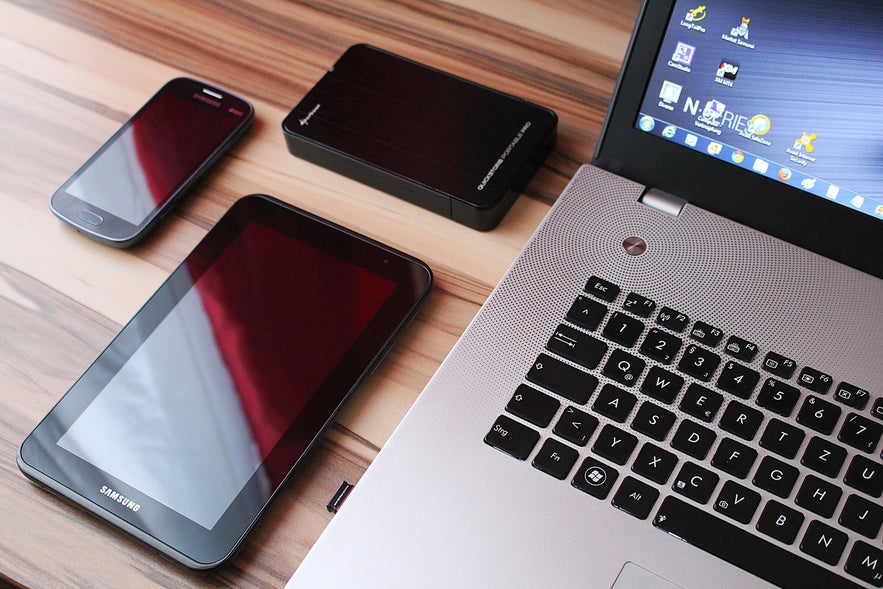 Laptops, phones and tablets make good storage devices. Photo by: 'Pxhere'.
Laptops, phones and tablets make good storage devices. Photo by: 'Pxhere'.
If you’ll be travelling to Iceland with your laptop, then a good way of backing up your work is to offload the images from your memory card onto your laptop’s internal storage at the end of every day. You can do this easily just by dragging all of the files from your memory card into a new folder on your desktop.
For some people though, bringing a laptop to Iceland may be too much of a hassle, particularly in terms of weight restrictions during flights. That’s when a tablet or even a mobile phone can come in handy. These days, tablets and phones possess quite a large amount of internal storage, meaning that you’ll be able to keep a backup of your images on these devices as well as the originals on your memory cards with little to no problem at all.
Portable Back Up Device
 External hard drive. Photo by: 'Armchair on Wikipedia Commons'.
External hard drive. Photo by: 'Armchair on Wikipedia Commons'.
If you’ll be lugging your laptop around, then you’ll have the option of using a separate external hard drive to make another copy of your files. An external hard drive allows you to be in control of where you physically place your backups, so you can even keep one with you on the go whilst another remains safely zipped up in your luggage for an increased layer of safety.
With external hard drives, there is no limit to how many you may have or choose to bring along with you to Iceland. However, although hard drive technology has become cheaper over the years, they remain relatively expensive. On the bright side, there are a few hard drives out there which have been designed specifically for travelling. These hard drives, such as the LaCie Rugged Mini Series, can withstand a bit of shock from being knocked around and being dropped. There are even some hard drives out there which can handle getting wet!
- See also: Private Tours in Iceland
How to Back Up Photos Without a Computer
There are also a number of specialised portable hard drives on the market that will allow you to backup your photos without the use of a laptop. These include the Gnarbox, Sanho HyperDrive ColorSpace UDMA 3 Wireless Storage Device and the Western Digital My Passport Wireless. These devices allow images to be downloaded from SD and CF cards, giving you more peace of mind during your travels in Iceland.
Cloud Storage

Cloud storage is an attractive backup option for a lot of landscape photographers these days as it ensures access to their work from anywhere in the world. There are a number of services that offer Cloud storage online, such as Dropbox, iCloud, Google Drive and Crash Plan. Some newer DSLRs on the market even come equipped with the option to enable automatic backups to the Cloud. Best of all, uploading to the Cloud means that your data will be harder to lose or destroy than if it were to remain on just a hard drive.
However, although using the Cloud may sound like a great solution on paper, there are some stark disadvantages to its use for backing up your landscape photography while you’re in Iceland.
First of all, uploading to the Cloud requires you to have an Internet connection. There will be times however when you may be completely outside of the bounds of reception in Iceland. While there is wifi available in most hotels, reception can be patchy, so uploading to the Cloud may not be as easy as it seems.
Secondly, it is always much slower to upload to the Cloud than it is to download from it, so if you happen to amass quite a large amount of data on a daily basis or if your file sizes are quite large, then it may be impossible for you to transfer them to the Cloud within the short period of time during which you may have Internet access. On top of that, Cloud services may only allow you to store a limited amount of data at a time, though you’ll be able to purchase more storage for a fee.
The Best Travel Photography Back Up Workflow
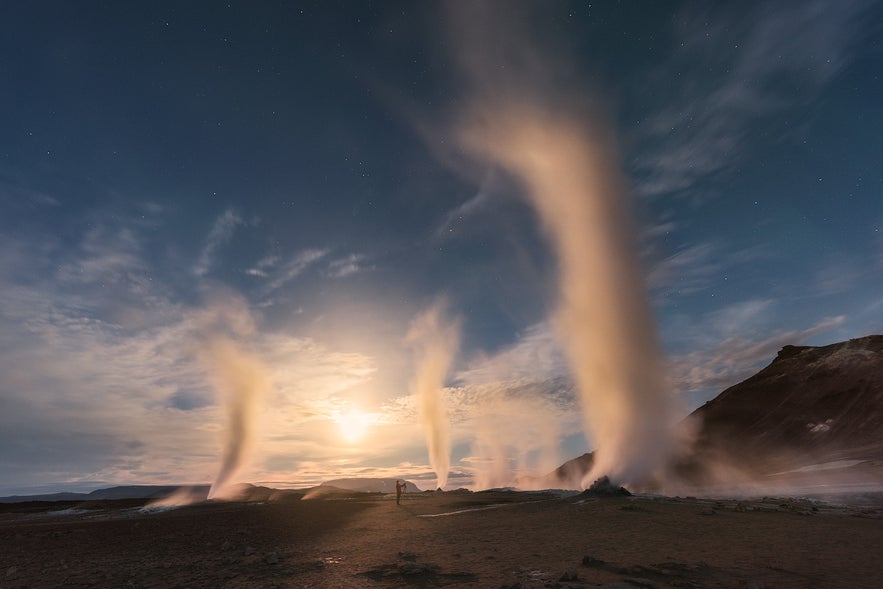
We’ve given you a lot of different solutions to keeping your images safe, but if you follow the principles of backing up that we mentioned earlier, then you’ll be well on your way to protecting your work from unexpected loss or disasters.
Whilst you are travelling in Iceland, it may be useful to bring along a laptop which will allow you to perform backups at the end of the day to at least two separate hard drives or memory cards, followed by a final upload to the Cloud if you are able to access the Internet. This will allow you to keep two copies in different physical locations, with a further copy held completely offsite. By having a robust backup system in place, you’ll be able to spend less time worrying about losing your data and more time channeling your energy into taking creative photos of the landscape instead. After all, a trip to Iceland is nothing unless you have time to enjoy it!
About the author: Serena Dzenis is a landscape photographer based in Iceland. You can find more of her work on her website or by following her on Facebook and Instagram.
What kind of system do you have for backing up your photos when you travel? Let us know in the comments below!


